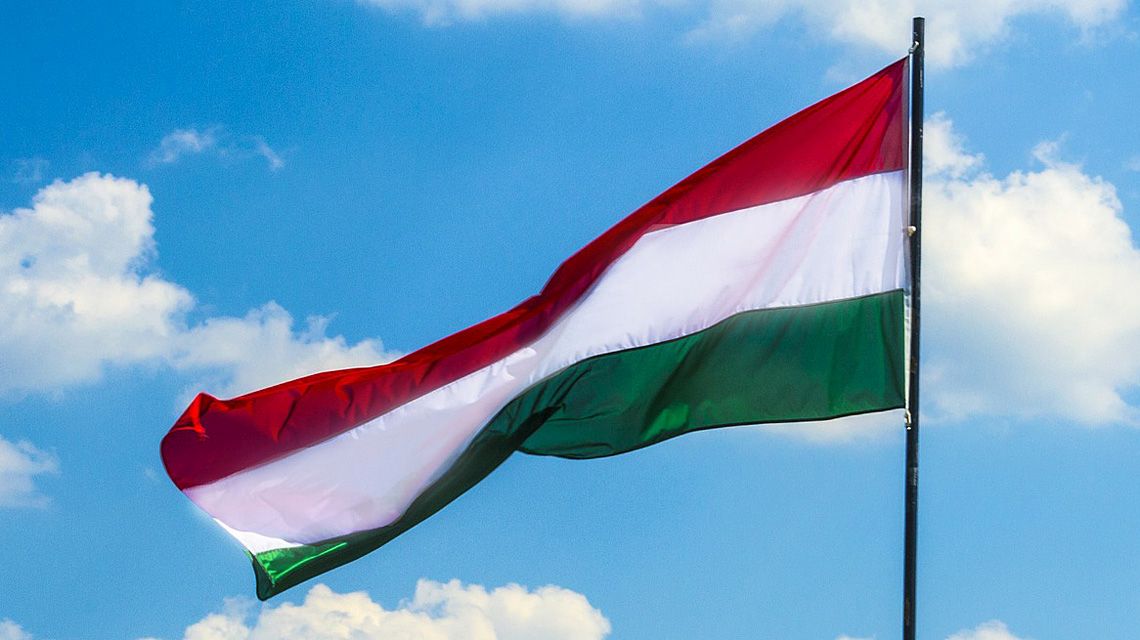IAEA Mission Reviews Hungary’s Nuclear and Radiation Safety Framework
An International Atomic Energy Agency (IAEA) team of experts has found that Hungary demonstrates a strong commitment to nuclear and radiation safety. The team’s review, held from 6 to 17 October, found Hungary’s nuclear regulator to be in high compliance with IAEA safety standards, making it a competent and trusted regulator.
The Integrated Regulatory Review Service (IRRS) mission, conducted at the request of the Government of Hungary and hosted by the Hungarian Atomic Energy Authority (HAEA), aimed to review Hungary’s governmental, legal and regulatory framework for nuclear and radiation safety.
IRRS missions are designed to strengthen the effectiveness of the national nuclear and radiation safety regulatory infrastructure, based on IAEA safety standards, while recognizing the responsibility of each country to ensure nuclear and radiation safety.
The 12-day mission covered areas such as legal and regulatory frameworks, responsibilities and functions of the regulatory body, and the management system of a regulatory body. The team also reviewed Hungary’s oversight of facilities and activities including nuclear power plants, research reactors, radiation sources facilities and waste management facilities. It is the second full scope IRRS mission in Hungary; the country hosted its first in 2015 and a follow-up in 2018.
In Hungary, nuclear energy plays a central role in the country’s electricity generation, providing nearly half of its electricity through the Paks Nuclear Power Plant (NPP). The facility consists of four pressurized-water reactor units, each with a net capacity of approximately 500 MWe. Hungary is constructing two new nuclear power units, Paks II, alongside the existing plant. The country also applies nuclear and radiation technologies in medicine, industry and research.
During the mission, the IRRS team – comprised of international experts from 16 countries, as well as four IAEA staff and two observers from the European Commission and from France – held meetings with officials from the HAEA, the Ministry for Energy, the National Centre for Public Health and Pharmacy, and the Baranya County Government Office. They also observed regulatory oversight activities at facilities, including the Paks NPP, the National Radioactive Waste Repository and the Training Reactor at the Budapest University of Technology and Economics.
The IRRS team found that since the follow-up mission in 2018, Hungary has made notable progress in establishing a capable and independent HAEA. It said the establishment of a national safety policy and government support for regulatory institutions was evidence of the government’s prioritization of nuclear and radiation safety.
Several good performances were formally identified by the IRRS team, including:
- The special legal status of the HAEA – whereby it reports directly to the Parliament – allows for a high level of effective independence;
- The HAEA management’s comprehensive steps in enhancing safety culture at the regulatory body, including the 2024 “Year of Safety Culture” initiative and the development of a strategy and action plan for safety culture.
“Hungary has established a solid foundation for regulatory oversight through its independent regulatory body, the HAEA, and demonstrated a proactive approach to continuous improvement,” said Ramzi Jammal, Executive Vice-President and Chief Regulatory Operations Officer of Canadian Nuclear Safety Commission, and the IRRS Team Leader. “We have found high levels of compliance with IAEA safety standards and evidence that HAEA is a competent and trusted national regulator.”
The IRRS team provided recommendations and suggestions to support Hungary in further enhancing its regulatory framework. These included:
- Clarifying allocation of tasks and responsibilities for regulatory control of medical exposures within the governmental, legal and regulatory framework for safety;
- Establishing an integrated management system;
- Documenting key regulatory processes and procedures within the management system; and
- Reviewing and improving the existing arrangements between relevant regulatory authorities, as necessary, for the effective coordination of their regulatory functions.
“The outcome of this mission demonstrates Hungary’s dedicated and strong commitment to strengthening its regulatory infrastructure and, consequently, enhancing nuclear and radiation safety nationwide,” said Karine Herviou, IAEA Deputy Director General and Head of the Department of Nuclear Safety and Security.
The team also noted that the HAEA’s resources have been incrementally increased to accommodate the country’s growing nuclear industry. The IRRS team emphasized the importance of continued government support – both financial and human resources – to ensure the regulator’s capacity to fulfil its mandate.
“Continuous improvement is of paramount importance to the Hungarian Atomic Energy Authority, as it strengthens the robustness of our regulatory framework and enhances nuclear safety to protect both the public and the environment,” said Andrea Beatrix Kádár, HAEA President. “The self-assessment process and the IAEA Integrated Regulatory Review Service (IRRS) mission provide valuable opportunities to further develop our procedures, practices and regulations, ensuring that Hungary’s regulatory system remains aligned with the ever-evolving and increasingly rigorous international standards.”
The final mission report will be provided to the Government of Hungary within about three months. Hungary plans to make the report publicly available.
IAEA Safety Standards
The IAEA Safety Standards provide a robust framework of fundamental principles, requirements and guidance to ensure safety. They reflect an international consensus and serve as a global reference for protecting people and the environment from the harmful effects of ionizing radiation.
